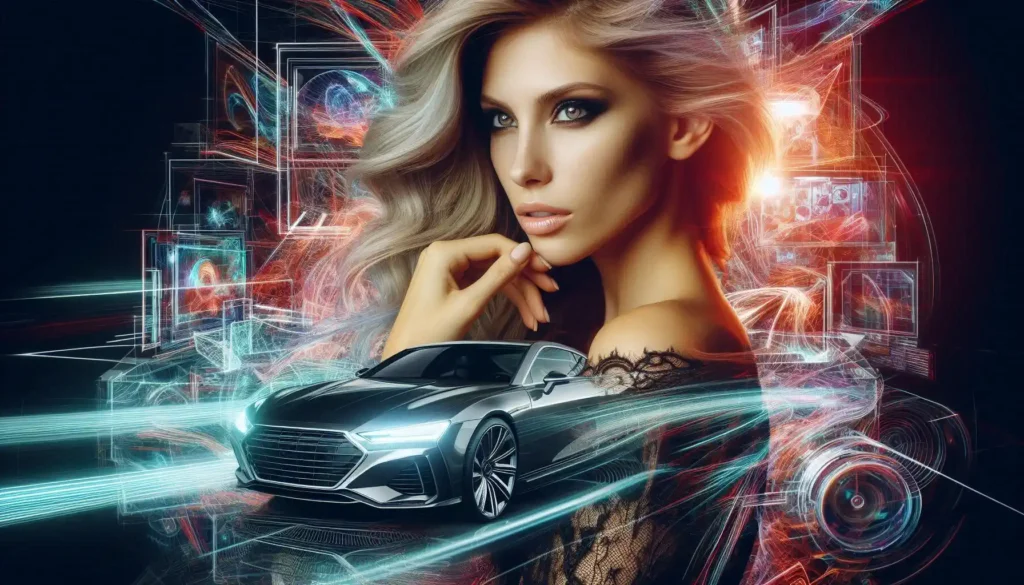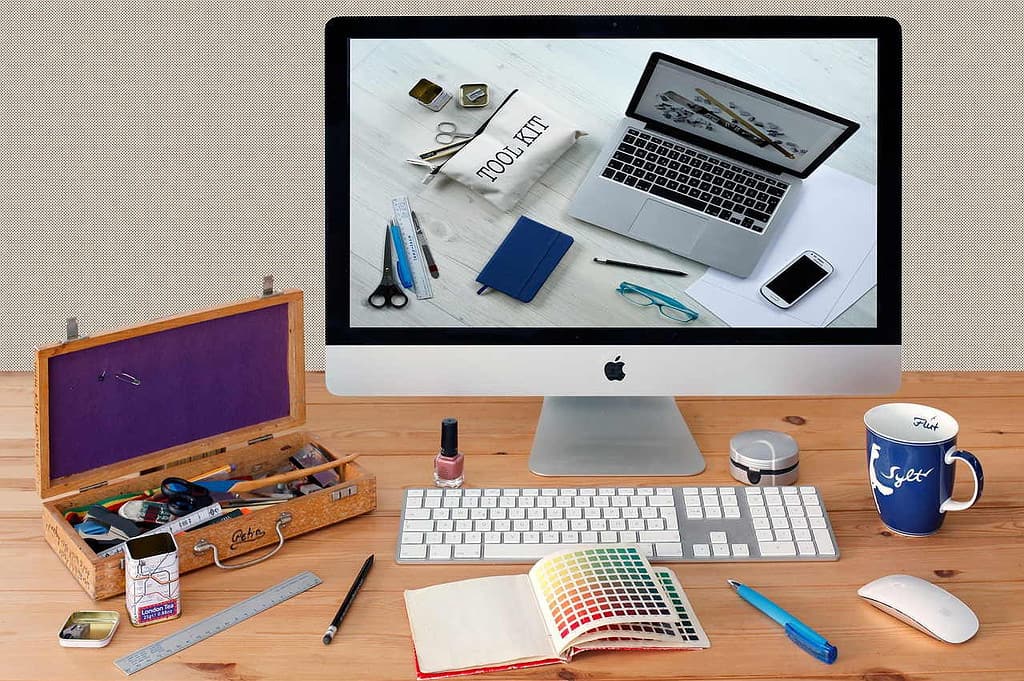1. Motion Design vs. Traditional Animation! Are they really that different? I mean, it’s all stuff moving on a screen, right? Wrong. These two are like siblings who took totally different life paths—one became a slick digital nomad, and the other stuck to their roots, hand-drawing each frame like they’re still living in the Renaissance.
Let’s get one thing straight—motion design and traditional animation are not the same thing. They’re like distant cousins who show up at the family reunion, awkwardly shake hands, and avoid eye contact because they know they’re from totally different worlds. But everyone else at the reunion? They’re like, “Oh come on, they’re practically the same person!” Nope. Sorry, Aunt Linda, they’re not. One’s wearing a slick, modern suit, and the other’s rocking that vintage flannel with suspenders.

2. Traditional Animation: The Old-School Champ with a Lot of Patience
Let’s start with traditional animation, the OG. Think about your favorite childhood cartoons—yeah, that’s traditional animation. It’s like a workout for your eyeballs! Every frame is hand-drawn, like a flipbook that took way too long to make.
It’s the art of drawing the same character doing slightly different things over and over again. Want a character to smile? Cool. Now draw 24 versions of that smile, so it looks smooth in just one second. Traditional animators are either saints or wizards. Probably both.
3. Motion Design: The Cool Kid with a Laptop
And then we’ve got motion design, the new kid on the block. If traditional animation is hand-crafting each scene like a delicate soufflé, motion design is more like whipping up a fancy smoothie with a blender. Zoom, spin, slide. You’ve got typography dancing, logos bouncing, and everything moving with a slickness that says, “Yeah, I’ve been to design school—and I’ve got the After Effects subscription to prove it.”
Motion design is all about creating polished movements that help communicate a message, especially for ads, apps, or websites. It’s like traditional animation’s trendy cousin who works in tech and insists on paying for dinner in Bitcoin.
4. Story vs. Function: Who’s Telling the Tale?
Here’s a major difference: traditional animation is all about storytelling. You’re sitting down for an emotional rollercoaster—character arcs, plots, dramatic pauses, the whole shebang. It’s like watching your favorite sitcom. You’re invested in what happens next. Did the dog finally get adopted? Did the villain realize they’ve been wrong this whole time?
Motion design, on the other hand, is here to get straight to the point. It’s that friend who walks into the room and says, “Look at this, buy it, now!” It’s used in explainer videos, product promos, and UI animations. It’s more about the function than telling a deep story. Kind of like that friend who always has the best Wi-Fi, but can’t tell a joke to save their life.
5. The Tools: Pencil vs. Mouse—Who Wins?
Traditional animators are artists with capital A. Pencils, paint, erasers—sometimes even physical film reels if you’re getting real old-school. Meanwhile, motion designers are like digital wizards, summoning layers, keyframes, and masks in After Effects. Instead of drawing the same character frame by frame, they make things move with math and ease curves. That’s right—motion designers have algebra on their side.
So, traditional animators are out here with pencils behind their ears, and motion designers are swiping through plugins like, “Let me make this title float for a bit.”
6. Time: Who’s Got All Day?
If you’re wondering which one takes longer, spoiler alert: traditional animation wins. Or loses? Depends on how much coffee you’ve had. Traditional animation can take years to create a feature-length film. I mean, they have to animate everything. It’s like knitting a blanket, one loop at a time. You get to the end, and you think, “Wow, that took 100,000 hours.”
Motion design? It’s a sprint in comparison. Need an explainer video for your app launch by Friday? Boom. Motion designers are on it, delivering slick visuals in record time. It’s more like throwing everything into a slow cooker and coming back a few hours later for a gourmet meal.
7. The Aesthetic: Who’s the Fashion Icon?
Traditional animation has that classic look, the hand-drawn charm that screams nostalgia. You can feel the personality in every line. It’s the cozy sweater you refuse to throw out because it just feels right.
Motion design, though, is that slick new jacket you bought because, let’s face it, you wanted to look like you belong at a startup. It’s clean, sharp, and modern—everything moves with precision, and nothing stays still for too long. Because in the world of motion design, attention spans last about as long as a TikTok video.
8. So, Who Takes the Crown?
Here’s the kicker—they both win. Traditional animation and motion design are like apples and oranges. One’s a timeless art form; the other is the future of slick, functional communication. It’s like comparing a Shakespeare play to a YouTube ad. Both have their place, both can be amazing, but they’re doing two very different things.
The Final Verdict: Why Not Both?
Here’s the kicker, Motion Design vs. Traditional Animation — you don’t have to choose! The best part? Motion design and traditional animation can work together like peanut butter and jelly. You get the old-school charm of traditional with the slick efficiency of motion design. It’s the future, baby! Who says you can’t have your hand-drawn cake and eat it with a keyframe spoon too?



